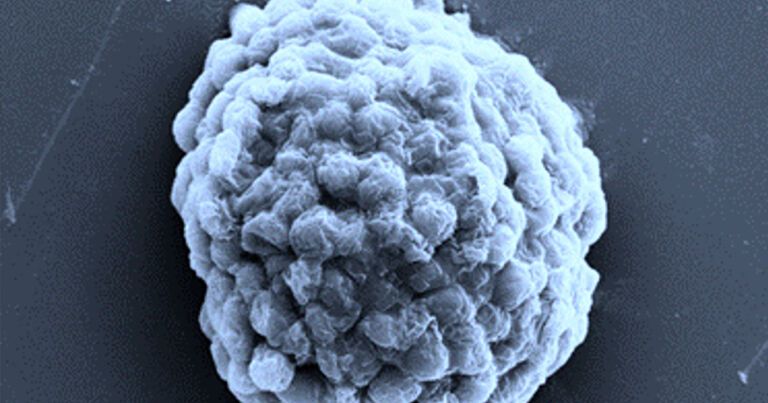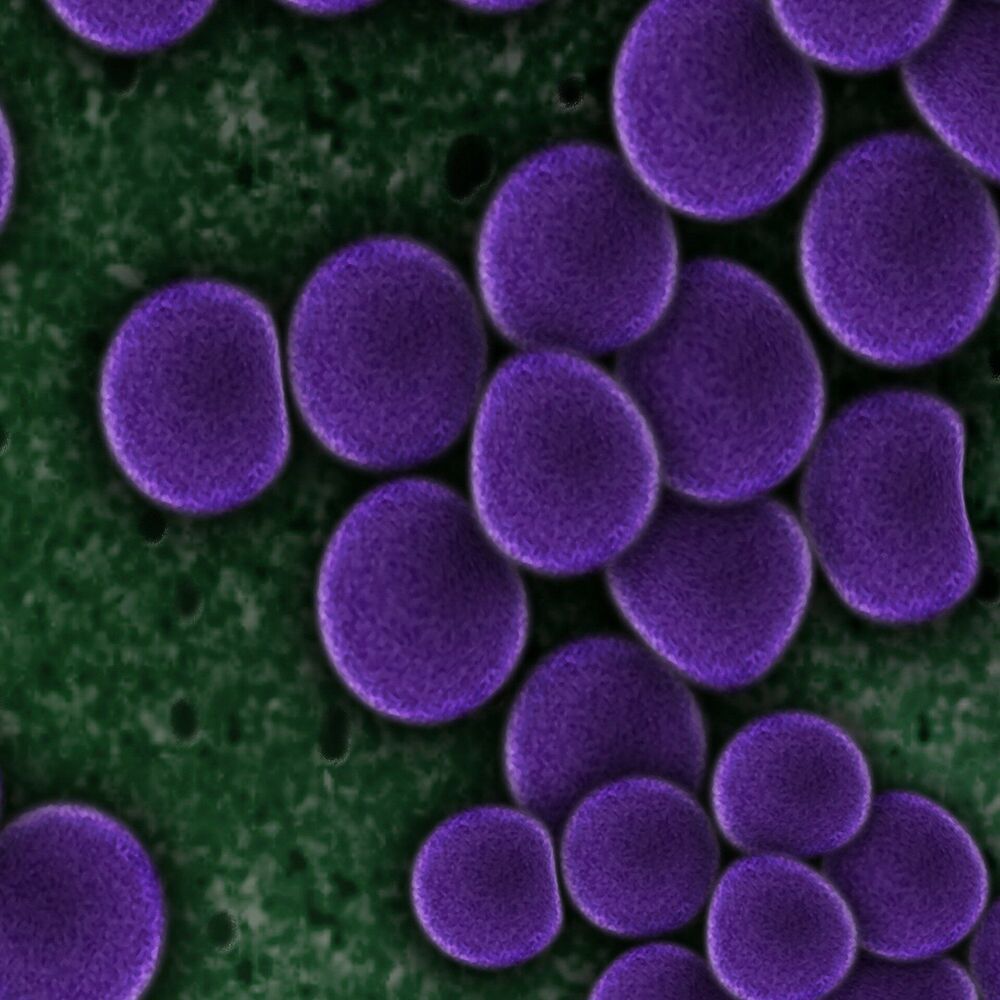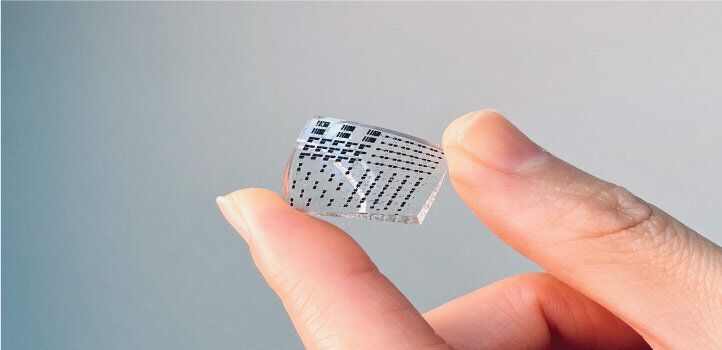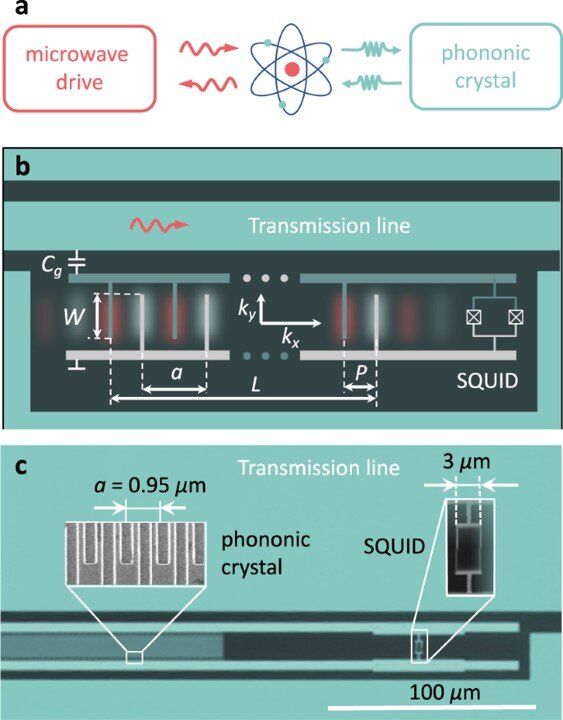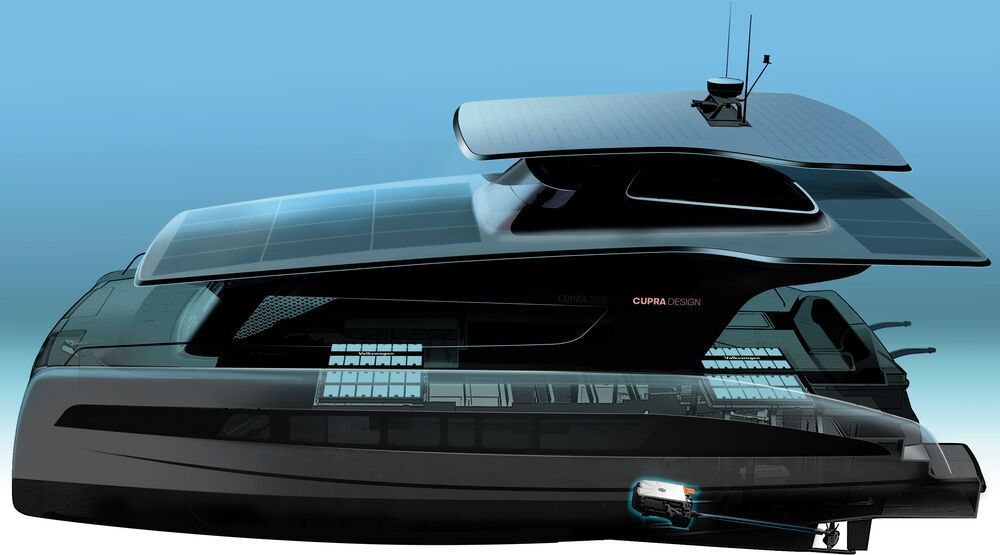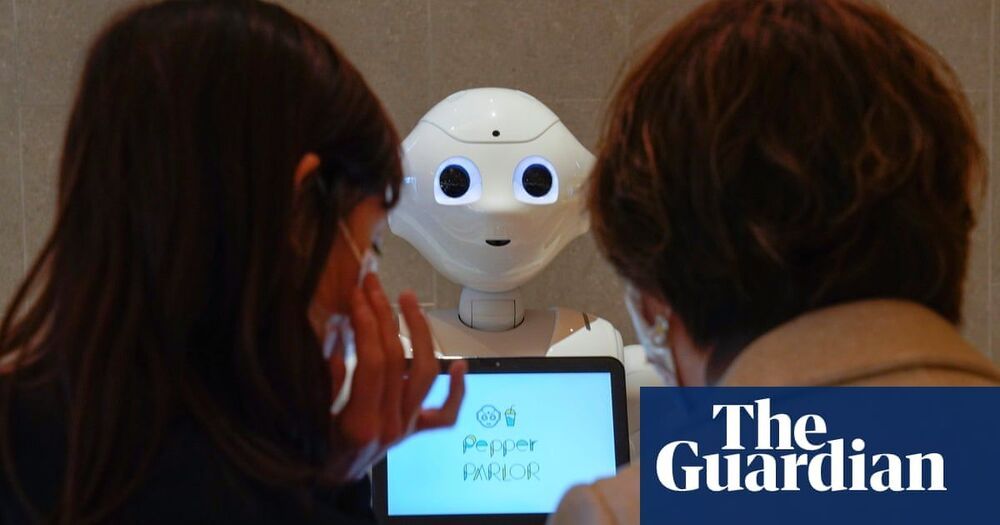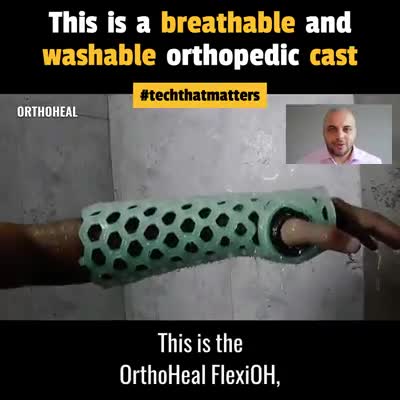Page 6486
Nov 28, 2020
Gut microbes: The key to normal sleep
Posted by Paul M. Vittay in categories: biotech/medical, food, information science, neuroscience
With fall and winter holidays coming up, many will be pondering the relationship between food and sleep. Researchers led by Professor Masashi Yanagisawa at the University of Tsukuba in Japan hope they can focus people on the important middlemen in the equation: bacterial microbes in the gut. Their detailed study in mice revealed the extent to which bacteria can change the environment and contents of the intestines, which ultimately impacts behaviors like sleep.
The experiment itself was fairly simple. The researchers gave a group of mice a powerful cocktail of antibiotics for four weeks, which depleted them of intestinal microorganisms. Then, they compared intestinal contents between these mice and control mice who had the same diet. Digestion breaks food down into bits and pieces called metabolites. The research team found significant differences between metabolites in the microbiota-depleted mice and the control mice. As Professor Yanagisawa explains, “we found more than 200 metabolite differences between mouse groups. About 60 normal metabolites were missing in the microbiota-depleted mice, and the others differed in the amount, some more and some less than in the control mice.”
The team next set out to determine what these metabolites normally do. Using metabolome set enrichment analysis, they found that the biological pathways most affected by the antibiotic treatment were those involved in making neurotransmitters, the molecules that cells in the brain use to communicate with each other. For example, the tryptophan–serotonin pathway was almost totally shut down; the microbiota-depleted mice had more tryptophan than controls, but almost zero serotonin. This shows that without important gut microbes, the mice could not make any serotonin from the tryptophan they were eating. The team also found that the mice were deficient in vitamin B6 metabolites, which accelerate production of the neurotransmitters serotonin and dopamine.
Nov 27, 2020
Electronic skin has a strong future stretching ahead
Posted by Saúl Morales Rodriguéz in categories: biotech/medical, cyborgs, nanotechnology, robotics/AI
A material that mimics human skin in strength, stretchability and sensitivity could be used to collect biological data in real time. Electronic skin, or e-skin, may play an important role in next-generation prosthetics, personalized medicine, soft robotics and artificial intelligence.
“The ideal e-skin will mimic the many natural functions of human skin, such as sensing temperature and touch, accurately and in real time,” says KAUST postdoc Yichen Cai. However, making suitably flexible electronics that can perform such delicate tasks while also enduring the bumps and scrapes of everyday life is challenging, and each material involved must be carefully engineered.
Most e-skins are made by layering an active nanomaterial (the sensor) on a stretchy surface that attaches to human skin. However, the connection between these layers is often too weak, which reduces the durability and sensitivity of the material; alternatively, if it is too strong, flexibility becomes limited, making it more likely to crack and break the circuit.
Nov 27, 2020
David Sinclair — Aging Can Be Cured
Posted by John Davies in categories: biotech/medical, genetics, life extension
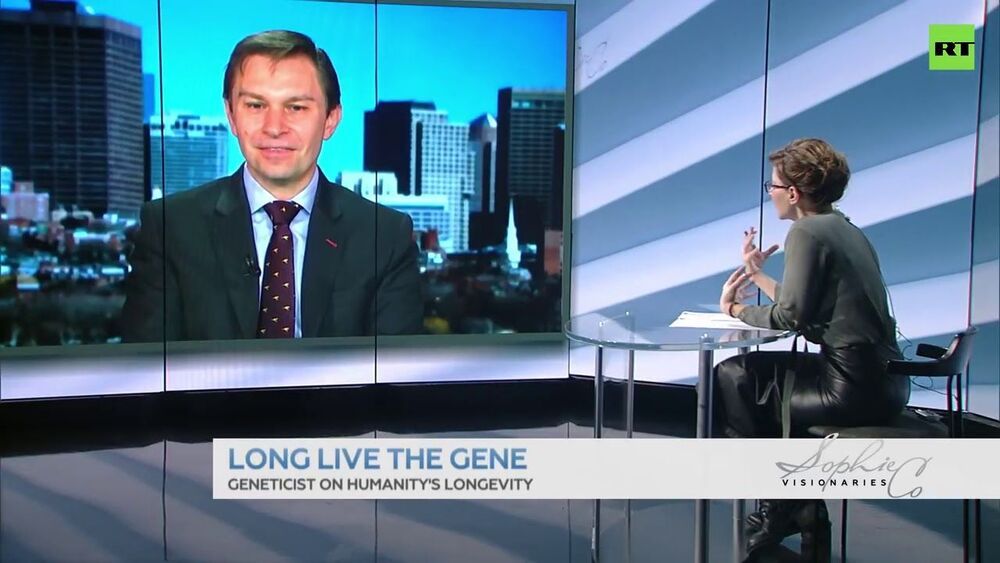
https://www.youtube.com/watch?v=12YKjOnxrxI
Original Video ► https://www.youtube.com/watch?v=W_23474cHLg&ab_channel=RT
This channel will never be monetized.
Paypal ► https://goo.gl/ciSpg1
Nov 27, 2020
AI system finds, moves items in constricted regions
Posted by Saúl Morales Rodriguéz in categories: food, policy, robotics/AI
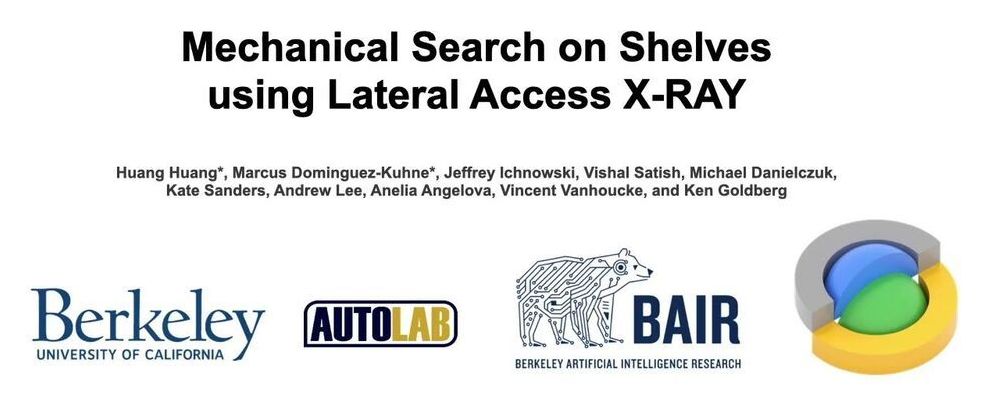
Artificial intelligence is being applied to virtually every aspect of our work and recreational lives. From determining calculations for the construction of towering skyscrapers to designing and building cruise ships the size of football fields, AI is increasingly playing a key role in the most massive projects.
But sometimes, all we want to do is move a can of beans.
Continue reading “AI system finds, moves items in constricted regions” »
Nov 27, 2020
Scientists Detect Hints of Strange New Physics in The Universe’s Background Radiation
Posted by Quinn Sena in categories: cosmology, particle physics
Throughout all known space, between the stars and the galaxies, an extremely faint glow suffuses, a relic left over from the dawn of the Universe. This is the cosmic microwave background (CMB), the first light that could travel through the Universe when it cooled enough around 380,000 years after the Big Bang for ions and electrons to combine into atoms.
But now scientists have discovered something peculiar about the CMB. A new measurement technique has revealed hints of a twist in the light — something that could be a sign of a violation of parity symmetry, hinting at physics outside the Standard Model.
According to the Standard Model of physics, if we were to flip the Universe as though it were a mirror reflection of itself, the laws of physics should hold firm. Subatomic interactions should occur in exactly the same way in the mirror as they do in the real Universe. This is called parity symmetry.
Nov 27, 2020
A photonic crystal coupled to a transmission line via an artificial atom
Posted by Quinn Sena in categories: engineering, particle physics, quantum physics
Researchers have recently displayed the interaction of superconducting qubits; the basic unit of quantum information, with surface acoustic wave resonators; a surface-wave equivalent of the crystal resonator, in quantum physics. This phenomena opens a new field of research, defined as quantum acoustodynamics to allow the development of new types of quantum devices. The main challenge in this venture is to manufacture acoustic resonators in the gigahertz range. In a new report now published on Nature Communications Physics, Aleksey N. Bolgar and a team of physicists in Artificial Quantum Systems and Physics, in Russia and the U.K., detailed the structure of a significantly simplified hybrid acoustodynamic device by replacing an acoustic resonator with a phononic crystal or acoustic metamaterial.
The crystal contained narrow metallic stripes on a quartz surface and this artificial atom or metal object in turn interacted with a microwave transmission line. In engineering, a transmission line is a connector that transmits energy from one point to another. The scientists used the setup to couple two degrees of freedom of different nature, i.e. acoustic and electromagnetic, with a single quantum object. Using a scattering spectrum of propagating electromagnetic waves on the artificial atom they visualized acoustic modes of the phononic crystal. The geometry of the device allowed them to realize the effects of quantum acoustics on a simple and compact system.
Nov 27, 2020
Volkswagen and Cupra pitch in on solar electric yacht
Posted by Quinn Sena in categories: solar power, sustainability, transportation
Austrian boatbuilder Silent Yachts has already gained a fair bit of attention with its solar electric catamarans. Its just-announced latest model should continue that trend, as it’s the result of a partnership with automakers Volkswagen and Cupra.
According to Silent Yachts, the as-yet unnamed solar-powered electric catamaran will feature the company’s own photovoltaic system. This will be used to charge batteries that will in turn provide power to the yacht’s onboard electronics, and to its electric propulsion system.
That system will be based around Volkswagen’s modular electric drive matrix (MEB) platform. MEB was initially designed as an optimized means of delivering power from a bank of chassis-integrated batteries to a motor on a car’s rear axle – the platform can also be set up for four-wheel-drive. Volkswagen has since made the technology available for third-party applications, hence its upcoming use for spinning the catamaran’s propellers.
Nov 27, 2020
Robots on the rise as Americans experience record job losses amid pandemic
Posted by Derick Lee in categories: biotech/medical, robotics/AI
They can check you in and deliver orange juice to your hotel room, answer your questions about a missing package, whip up sushi and pack up thousands of subscription boxes. And, perhaps most importantly, they are completely immune to Covid-19. While people have had a hard time in the coronavirus pandemic, robots are having a moment.
The Covid-19 pandemic has left millions of Americans unemployed – disproportionately those in the service industries where women and people of color make up the largest share of the labor force. In October, 11 million people were unemployed in the US, compared with about 6 million people who were without a job during the same time last year.
This breathable, washable ‘orthopedic cast’ could replace itchy, unhygienic conventional casts. (Follow Tech That Matters for more.)
Credit: OrthoHeal
